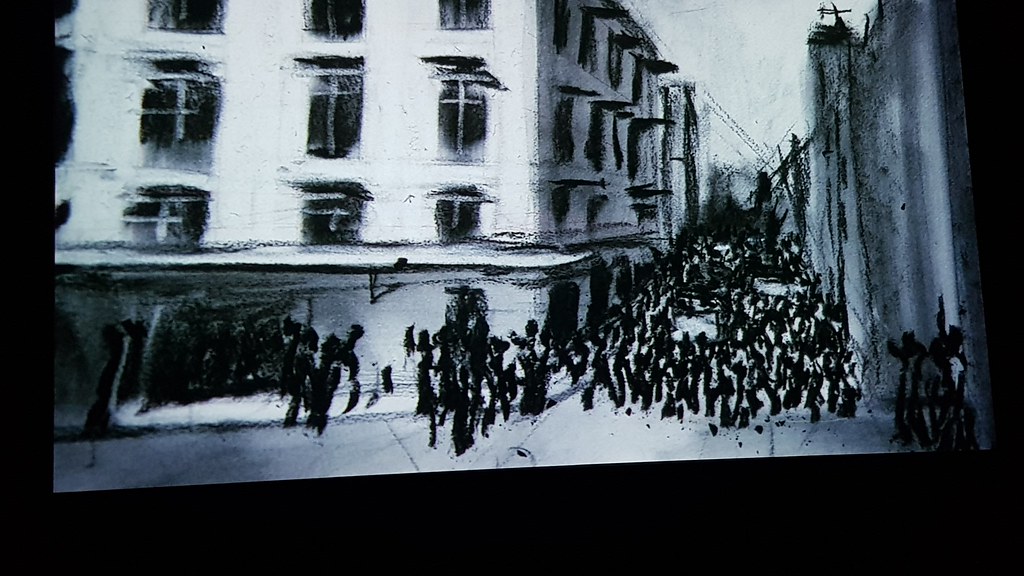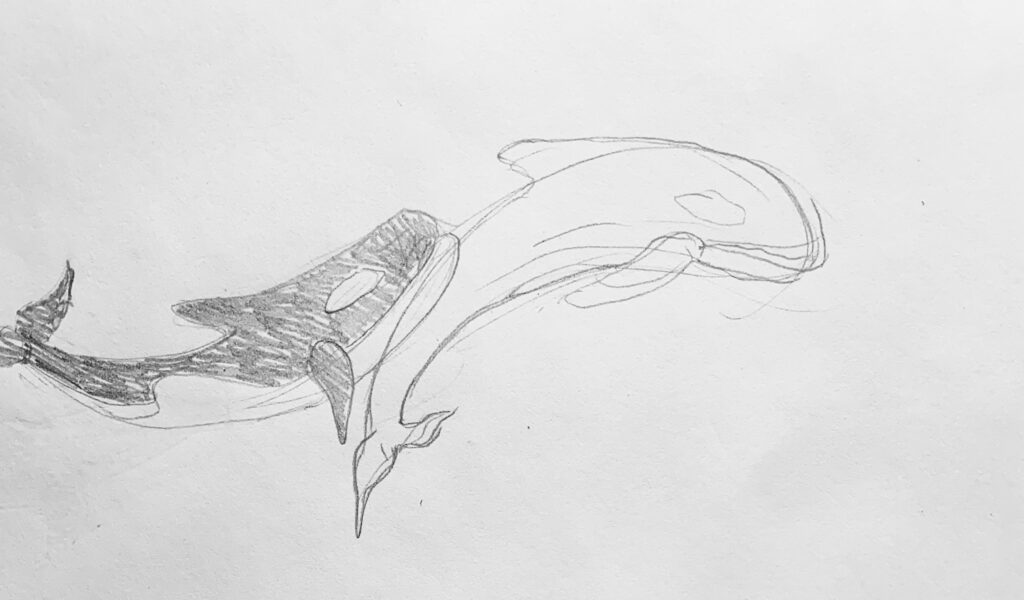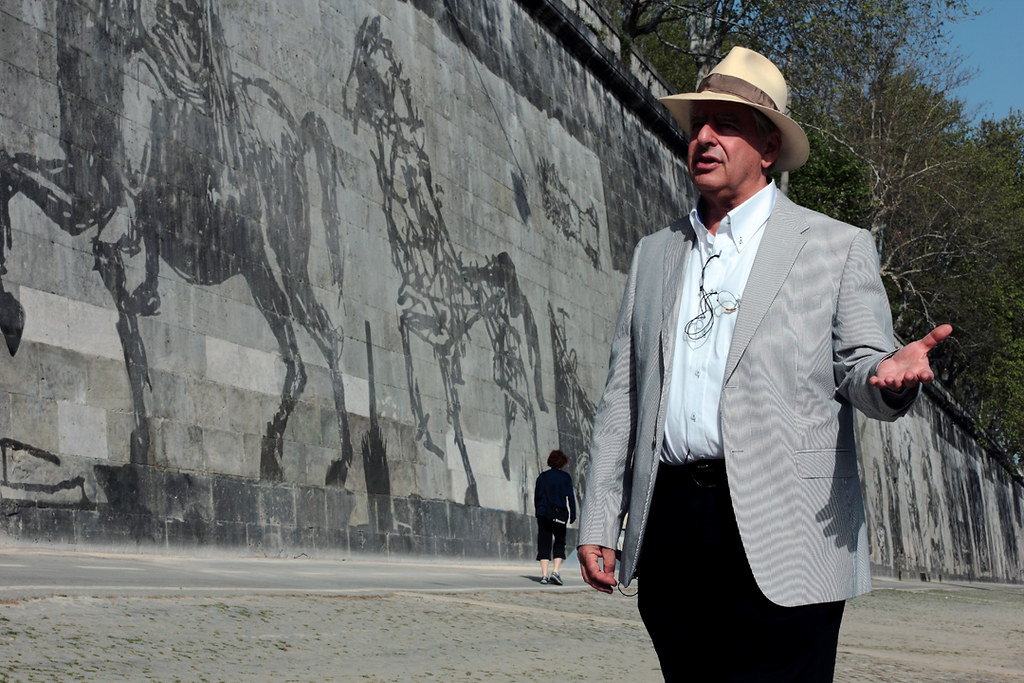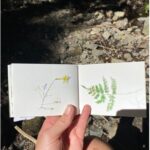William Kentridge in the Classroom
Lately I’ve been racking my brain trying to remember all of the cool artists that were brought up during my degree. It’s interesting how my perspective on certain artists has changed with my new educator lens. So many artists could easily be fused into classroom subjects to either act as an entry point into a topic or to help deepen understanding. One artist that came to mind was William Kentridge. Born in South Africa, Kentridge is considered an expressionist who works with themes such as socio-political injustice, self-identity, time, memory and works from an autobiographical point of view. He is known for his print-making, drawing and animated films. I was first introduced to Kentridge’s animated films and I wanted to explore that element myself and see if it’s something that could be introduced within my classroom.
↠———————————————————↞

Kentridge’s animated films are composed of successive charcoal drawings, always on the same sheet of paper, contrary to the traditional technique in which each movement is drawn on a separate sheet. In this way, Kentridge’s films keep the traces and essence of the previous drawings, often symbolizing the passage of time and memory. His limited medium, charcoal and sometimes a touch of blue or red pastel, add to his often-emotional content by allowing his viewer to concentrate on the subject without any distracting elements such as colour. However, when he does use colour it is for emphasis, as seen in his work, Drawing from Stereoscope. Kentridge uses blue pastel to drown his figure in water, “it seemed to be pouring from [the mans] dark business suit, as if, underneath, his whole body was crying”( MoMA).
“In the activity of making work, there’s a sense that if you spend a day or two days drawing an object or an image, there’s a sympathy towards that object embodied in the human labor making the drawing.” -William Kentridge
Checkout out a clip from his film, Pain & Sympathy, on Art21
↠———————————————————↞

I decided to dive into stop-motion animation myself and see just how laborious it was and if it was worth doing with any kiddo under the age of 13. My initial idea was to research how orca’s use echolocation and present my research through the stop-motion animation but I learned quickly that:
A. Stop-motion animation is extremely time consuming
B. I needed a better set-up than balancing my iPhone onto of two yoga blocks as a “tripod“
C. I needed a lamp to ensure that the light was consistent
I decided that I would start small and work my way up to something big. For now I just played around with movement and worked through the trail and error of how to duplicate photos and upload them into iMovie to control the speed.
I imagined my elementary kiddos trying to do this and getting frustrated with their drawings not looking ‘how they are supposed to’. An adaptation that could make this easier for students is to use and photograph clay instead. They can mold their characters and make them move by simply bending and manipulating the clay. Brilliant! I think Kentridge’s work is so rich with emotion and an easy access point to discuss otherwise difficult and challenging topics. I would love to dive deeper and create a lesson plan where students are asked to inquire into the socio-political climates close to their homes and explore, discuss and represent their findings utilizing Kentridge’s methods.
Any-who, here’s my go at it:
↠———————————————————↞
Featured Image: “William Kentridge” by _Pek_ is licensed under CC BY-SA 2.0
Image 1: “Still animatie Johannesburg” by mededeler is licensed under CC BY 2.0
Image 2: Tesla Mayenburg – Stop Motion Whale Still





belladeehr
March 25, 2021 — 9:18 am
I always wonder about your Undergrad – I always wanted to go to Emily Carr, even though I have never been a good artist. So cool that you went there!
Either way, I can relate to you in trying to remember all the Philosophers I learned about during my degree. I know they impacted me and my thinking – and yet most of them and their ideas have slipped my mind…
I can only imagine the amount of time that goes into stop-motion art! The whale one you made is so incredible, and I’m sure there would be a way to integrate it into class. Although yes… it would take some time and probably some frustration.